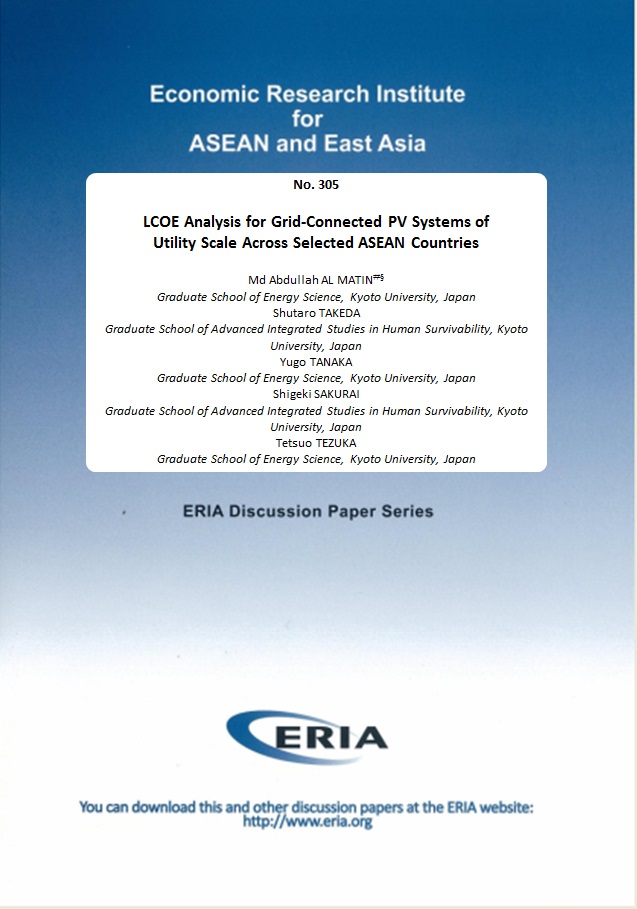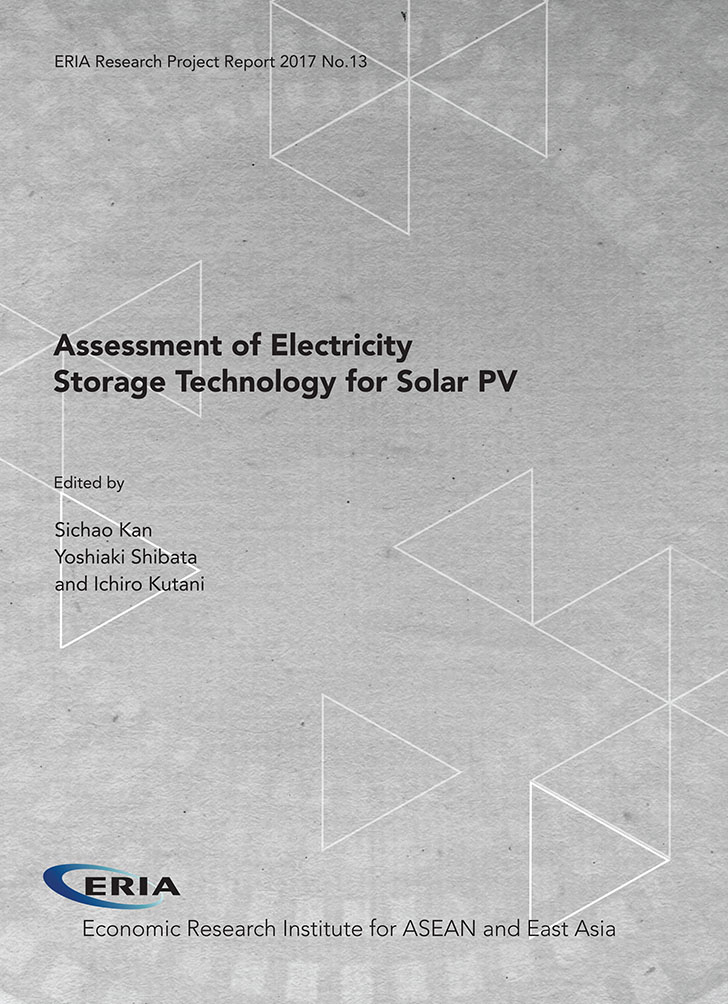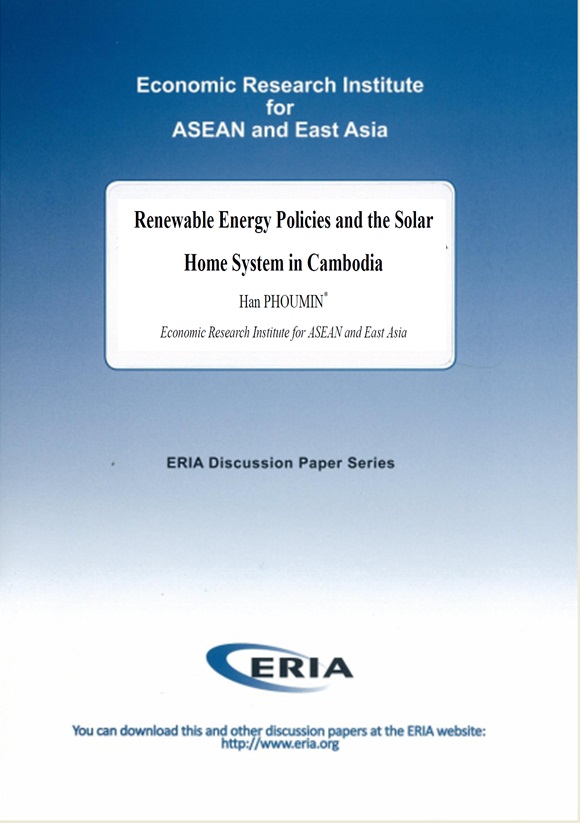LCOE Analysis for Grid-Connected PV Systems of Utility Scale Across Selected ASEAN Countries

Date:
22 November 2019Category:
EnergyType:
Discussion PapersTags:
renewable energy, LCOE, learning curve, grid parity, solar PVPrint Article:
Countries of the Association of Southeast Asian Nations (ASEAN) have been dependent on conventional energy resources because of their abundance, which explainsthe slow progressof renewable energy. The ASEAN Centre for Energy predicts that a 17% share of renewable energy can be achieved by 2025. Geothermal, hydro, and bioenergy are restricted by regional availability. With the declining cost of solar photovoltaic (PV) equipment, it is important to predict the future levelised cost of electricity (LCOE) for solar PV systems in this region. Hence, unlike earlier research articles, this paper focuses on evaluating the LCOE for PV technology (equal to 1megawatt) across selected three ASEAN Member States --Indonesia, Malaysia, and Thailand-- until 2040, while considering the capital cost of subsystem components within a typical PV system – PV module, inverter, mounting structure, and balance of system distinctly – to generate unique learning curves for individual countries. Sensitivity analysis was conducted toidentify the impact on LCOE values and attainment of grid parity.
LCOE Analysis for Grid-Connected PV Systems of Utility Scale Across Selected ASEAN Countries




